We’re less than a week away from Apple’s annual iPhone event, where we fully expect to see the iPhone 14 and 14 Pro lineups. While the rumor mill has already given us a typically good read on what we’ll get from the iPhone 14, there’s still plenty of room for Apple to surprise us. In Apple’s playbook, nothing is ever certain until the company takes the stage and shows it off in person.
This means that almost anything can happen. While I’m not fanciful enough to believe Apple will actually release its mythical foldable iPhone anytime soon, there are still some more practical updates I’m hoping will come to fruition in this year’s iPhone 14 lineup.
An always-on display
There’s a good chance that at least this year’s iPhone 14 Pro models will finally get an always-on display — and it’s about time.
Always-on displays have been around on smartphones for nearly a decade and arguably became mainstream on Android handsets five years ago. So, it’s fair to say that Apple is very late to the party here. The lack of an always-on display on the iPhone is even more unusual when you consider that Apple added this to the Apple Watch Series 5 in 2019.
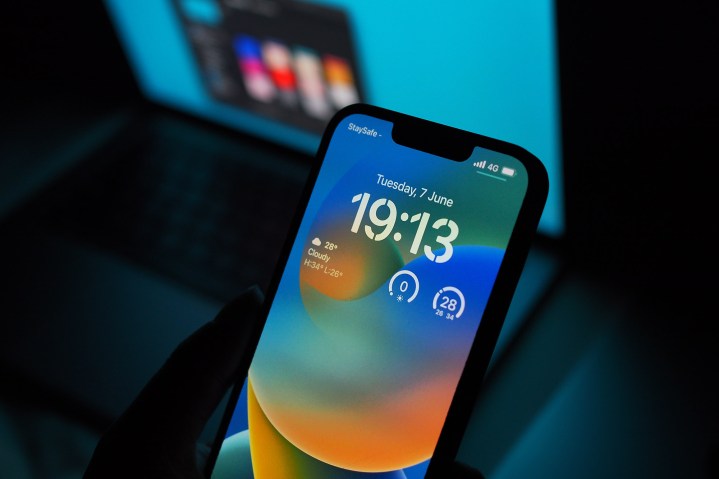
Of course, it’s arguably a feature that’s more necessary on a smartwatch, and Apple makes far fewer Apple Watches than iPhones. This was likely Apple’s way of dipping its toes in the water, and there’s at least some evidence that it wanted to bring this type of display technology to the iPhone 12 Pro lineup in 2020.
At the very least, we know that Apple originally had a faster 120Hz ProMotion display in mind for the high-end iPhone models. It was reportedly forced to shelve those plans when pandemic-related supply-chain problems resulted in a shortage of controller chips needed to power those displays.
It’s hard to say if the iPhone 12 Pro would have also gained an always-on display if we’d lived in an alternate timeline where COVID-19 never happened. Still, it does look like Apple was setting the stage for it: Apple’s official Leather Sleeve with MagSafe included a window that was nearly pointless without an always-on display behind it.
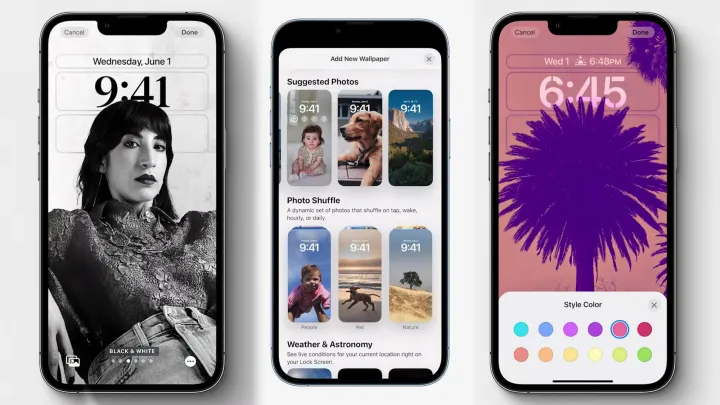
Perhaps the biggest hint this year is found in the iOS 16 betas, which feature an entirely new lock screen design with support for widgets in a simplified style — all suggesting it was made with an always-on display in mind.
Nevertheless, if the reports we’ve been hearing are accurate, the always-on display may finally come to this year’s iPhone. Sadly, it will likely be limited to the more premium iPhone 14 Pro and iPhone 14 Pro Max. However, as a consolation, the standard iPhone 14 models could get the faster 120Hz ProMotion display from last year’s iPhone 13 Pro lineup.
Better optical zoom
Apple first moved to a dual-lens camera system in 2016 with the iPhone 7 Plus, adding a second 2X telephoto lens to the standard wide camera. Although Apple improved image sensors and widened apertures over the years, the optical zoom on this telephoto lens remained fixed at 2x until the iPhone 12 Pro Max bumped that slightly to 2.5x two years ago.
That initial increase was specific to the larger 6.7-inch iPhone model. It wasn’t until last year’s iPhone 13 Pro that Apple bumped both models to a 3x telephoto lens. Nevertheless, this is another area where Apple lags behind its flagship competitors. Google’s Pixel 6 Pro provides a 4x optical zoom, while Samsung’s Galaxy S22 Ultra can get up to 10x thanks to a second telephoto camera with a periscope lens.
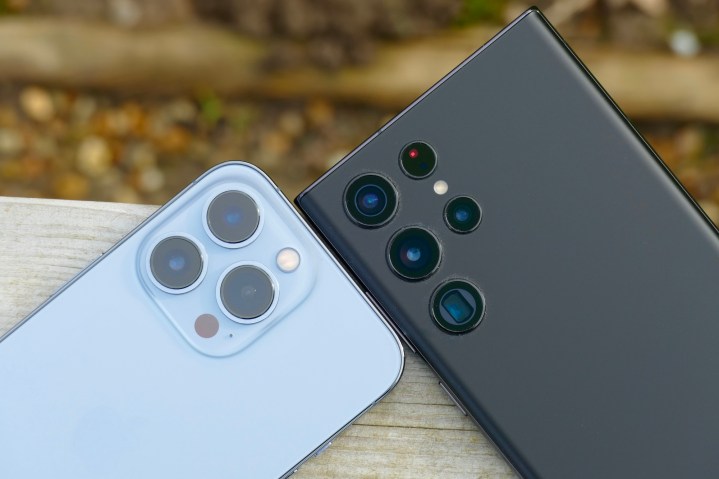
There have been multiple reports of Apple adopting a similar periscope lens technology, although that likely won’t happen until next year’s iPhone 15 arrives. Still, Apple could bump up its optical zoom more modestly this year while we wait for the 10x and beyond levels that a pericope camera will offer.
The good news is that the iPhone 14 Pro models are expected to get a bump to a larger 48-megapixel (MP) sensor. This will likely be used to power higher levels of digital zoom without the corresponding reduction in quality. With today’s computational photography, higher megapixel counts aren’t about producing higher-resolution photos but instead provide algorithms with more data that can be used to create better quality photos.
Ditch Lightning for USB-C
As a long-time user of Apple devices, I haven’t been as adamant about Apple’s need to move to USB-C as many folks are. However, it’s also fair to say that Apple’s Lightning port is becoming an anachronism.
When Apple introduced the Lightning port ten years ago, it was a massive improvement over the 30-pin Dock Connector port that it replaced. It was also superior to MicroUSB, and in those days, USB-C was only a gleam in the eyes of the USB Implementers Forum.
However, as USB-C has emerged as a far more popular and useful standard, Apple’s insistence on sticking with Lightning is starting to feel quaint — and not in a good way. To make matters worse, Apple has transitioned most of its iPad lineup to USB-C, and rumor has it that it could complete the set with this year’s update to the entry-level 10.2-inch iPad.
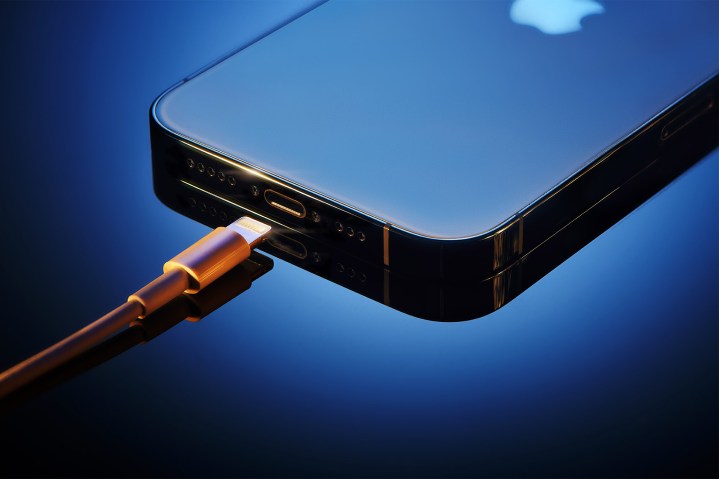
As a result, folks with both an iPhone and iPad are already struggling with two different charging connectors, which means two different sets of cables to carry around. Apple also uses the Lightning port on AirPods, the MagSafe Duo Charger and MagSafe Battery Pack, and — more inscrutably — Mac accessories like wireless keyboards, mice, and trackpads.
Granted, the popularity of the iPhone makes it reasonably easy to find a Lightning cable. But still, USB-C has become nearly universal. For example, I spent the last week doing work in an empty office with a USB-C laptop charger at every desk. That offered me 55 places where I could charge my Google Pixel — and zero where I could charge my iPhone.
A switch to USB-C is inevitable, with the European Union breathing down Apple’s neck. By all reports, Apple won’t have much choice in the matter by 2024. However, I’m hoping Apple decides to get ahead of the game and make the switch sooner than that.
Faster wireless charging
Wireless charging standards are a confusing mess when it comes to getting the fastest charging speeds, and Apple hasn’t done anything to alleviate this problem.
The official Qi wireless charging standard supports power delivery of up to 30 watts (30W), and most on the market today readily support 15-watt (15W) charging. Sadly, the only way iPhone users will see anything close to these faster charging speeds is by using an Apple-certified MagSafe charger. Drop your iPhone on a standard Qi charger, and you’re limited to 7.5W, even if the charger can deliver more.
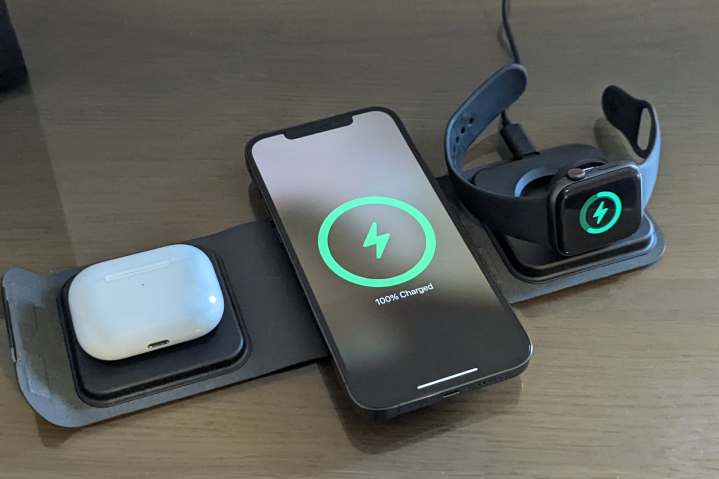
To make things even more confusing, many accessory markers sell magnetic chargers that attach to the MagSafe ring on the back of an iPhone 12 or iPhone 13. However, unless these are officially certified MagSafe chargers, you’ll still only get 7.5W charging speeds.
The problem isn’t just about more affordable charging options; sometimes, a non-MagSafe charger is all that’s available, and that’s particularly frustrating when you’re looking for a quick top-up. For example, my car has a wireless charging pad built into the console that’s capable of 15W Qi charging, and it even supports Wireless CarPlay. Despite this, I keep a USB-C to Lightning cable in my car in case I need to charge more quickly, as the slower 7.5W charging is only practical for long road trips.
Satellite communications
If you’ve ever found yourself in an emergency with no cellular coverage, you’ll be thrilled to know that Apple is reportedly working on leveraging satellite communications to ensure you can reach out for help from just about anywhere on the planet.

Rumors of this first appeared about a year ago, just before Apple’s iPhone 13 launch, although reliable sources suggested that it wouldn’t be ready until this year’s iPhone release.
There’s also some evidence that Apple is paving the way for this in iOS 16, as recent betas now show an “SOS” indicator under certain conditions where 5G or LTE would otherwise appear in the status bar. On the surface, this simply indicates that you have enough signal to make an emergency call, which usually means you have cellular coverage but not on your primary carrier’s network. It’s been popping up for me regularly in the Toronto subway system since only one carrier currently offers underground coverage (and it’s not mine).
That’s not a new thing by itself; it’s been possible for years to make emergency calls even without a SIM card. That’s a legal requirement in many countries for obvious safety reasons. However, the “SOS” indicator is new in iOS 16, and it’s easy to imagine how it could also be used to indicate that SOS calls and texts are possible via satellite in areas with no cellular coverage.
This will require new communications hardware, so don’t expect it to come to older iPhone models simply because iOS 16 includes a new indicator. While some reports last year suggested that the iPhone 13 might already have the hardware, those appear to have misinterpreted a 5G frequency band operated by a satellite communications company for terrestrial use only.
Nevertheless, it would be great to see this come to the iPhone 14, but it likely also depends on Apple getting the necessary deals in place with satellite providers to handle these emergency calls and texts. Further, since rival services such as Garmin’s inReach cost $15 per month, there could also be a cost involved.
Editors' Recommendations
- Nomad’s new iPhone case and Apple Watch band may be its coolest yet
- iPhone 16: news, rumored price, release date, and more
- iPhone SE 4: news, rumored price, release date, and more
- There’s a big problem with the iPhone’s Photos app
- Why you should buy the iPhone 15 Pro Max instead of the iPhone 15 Pro




